

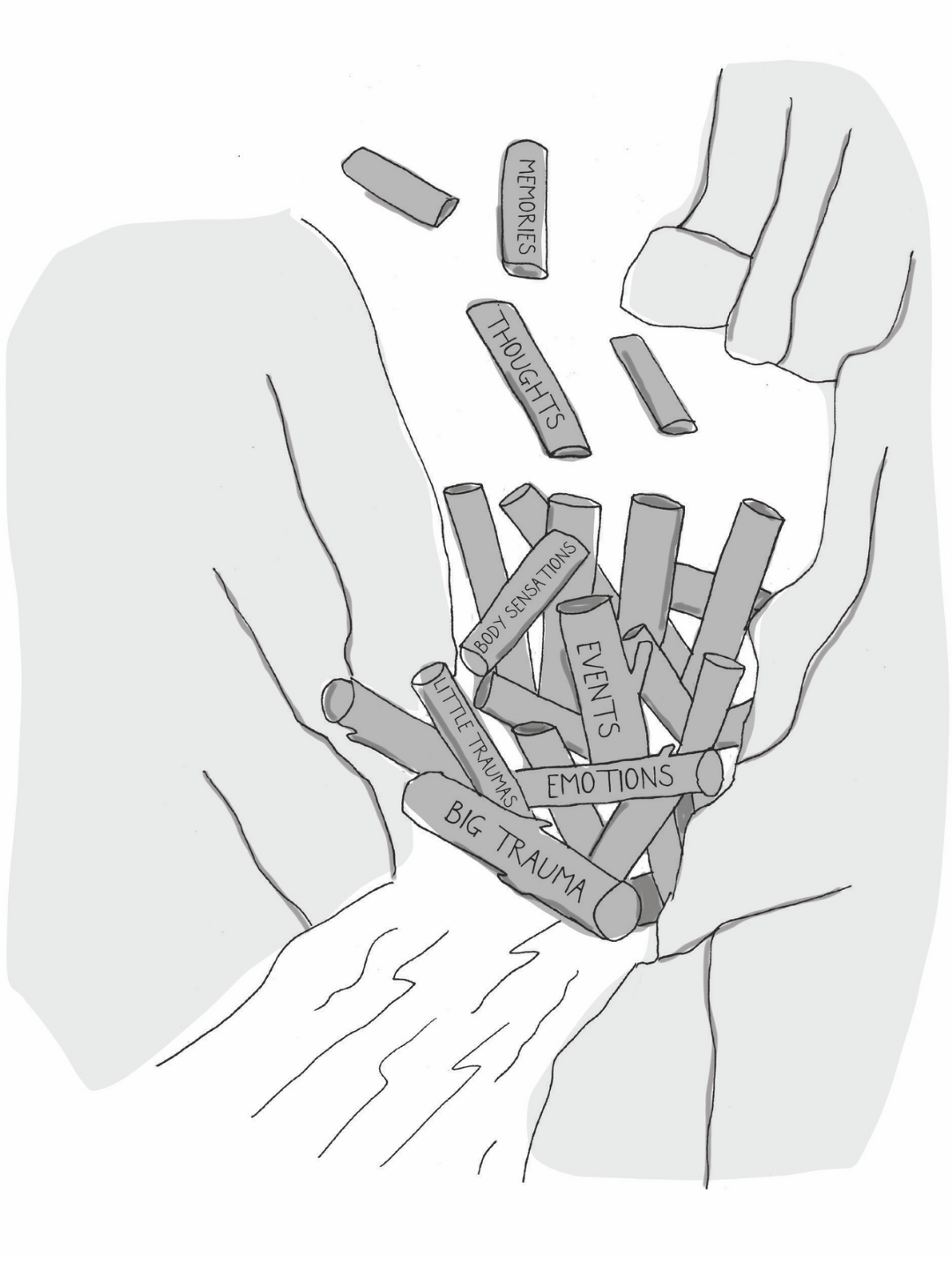
EMDR (Eye Movement Desensitisation and Reprocessing) is an evidence-based psychological therapy founded by Francine Shapiro in the late 1980’s. It involves identifying emotionally charged trauma memories and pairing these with bilateral stimulation, often eye movements but also tapping or tones. The distress related to the memories reduces over time, alleviating symptoms.
EMDR is an effective treatment for post-traumatic stress disorder in adults, adolescents and children. It can also be used to treat other mental health problems such as anxiety, phobias and depression. It can be used with young children and those who are only minimally verbal. It can be adapted for use with those with intellectual disabilities or who are neurodivergent.
In order to become an EMDR therapist, you must already be an accredited mental health professional and must fit the eligibility criteria laid down by the EMDR Association. You must then take the 7-day basic EMDR training course accredited by EMDR-Europe.
Naomi runs EMDR Basic Training and also regular online EMDR Refresher Days for those who are already qualified but who need to refresh their skills.
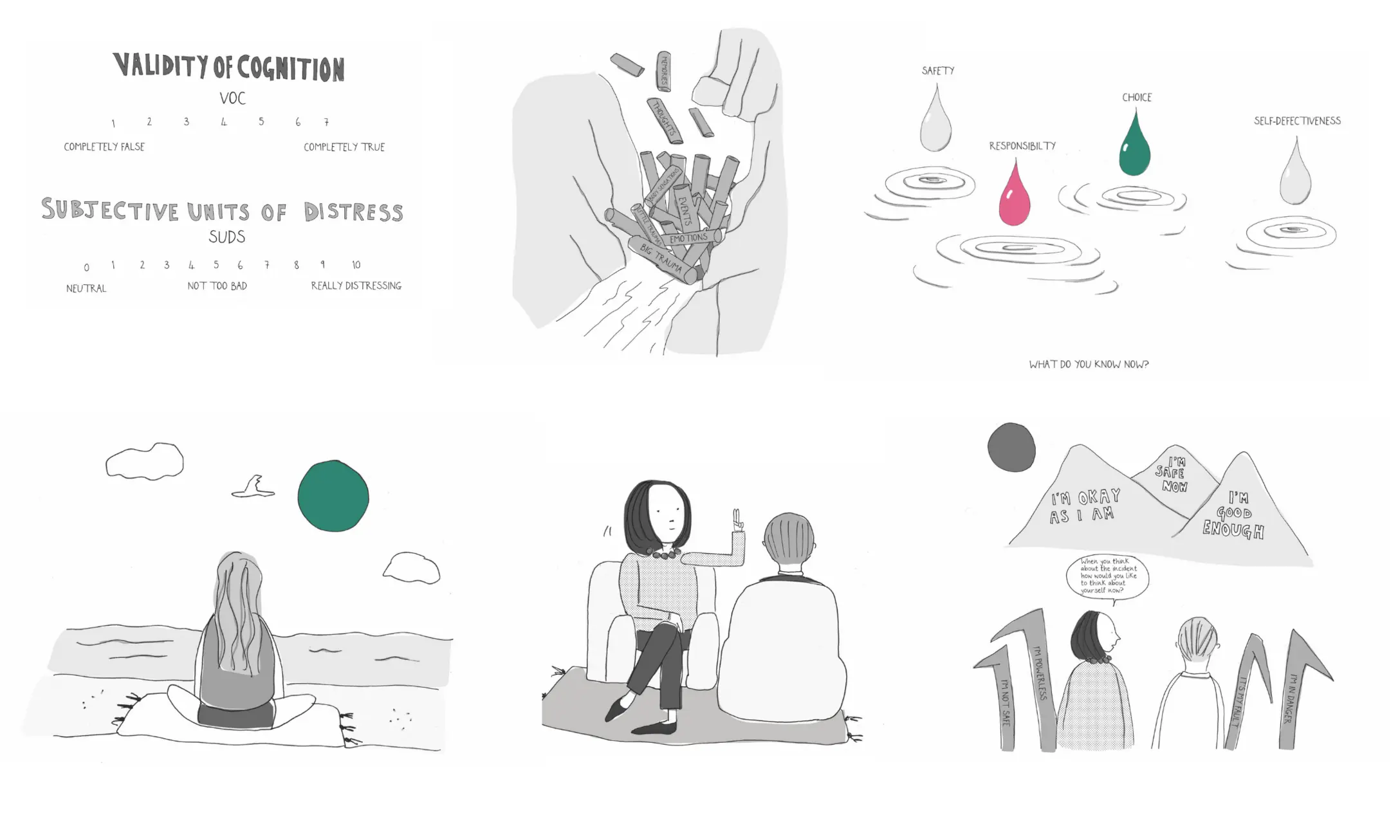
This bundle of all 6 of Naomi's EMDR Refresher mini courses contains (1) the Assessment Phase, (2) Blocked Processing, (3) Cognitive Interweaves, (4) the Preparation Phase, (5) the Desensitisation phase and (6) phases 5-8.
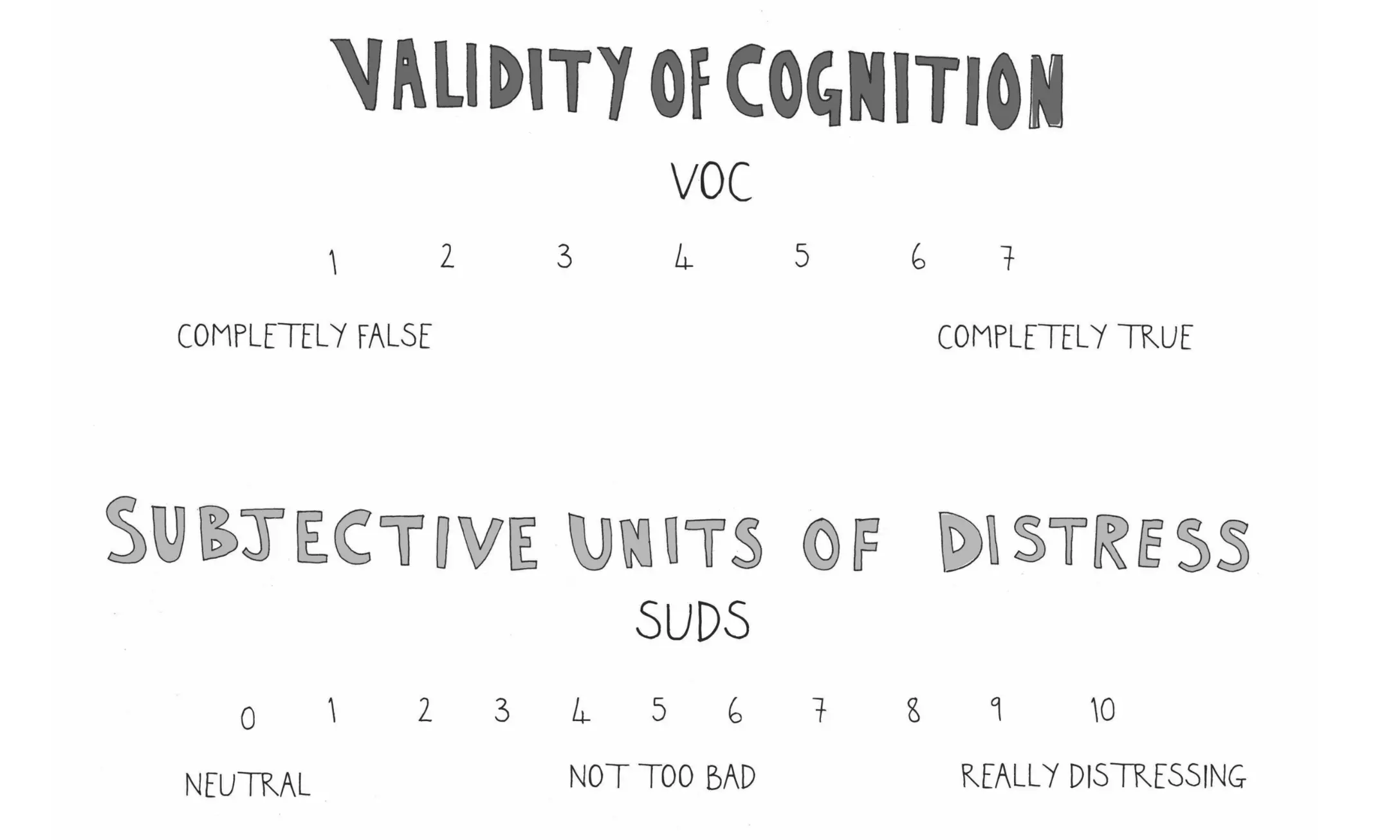
In this short course I’ll talk you through the different stages of the Assessment phase and how they all fit together. I’ll explain what makes a good negative cognition and why the positive cognition is so important. There are role plays so you can see what it looks like in practice – and there are a couple of interactive examples for you to use to practice spotting when things are going wrong.
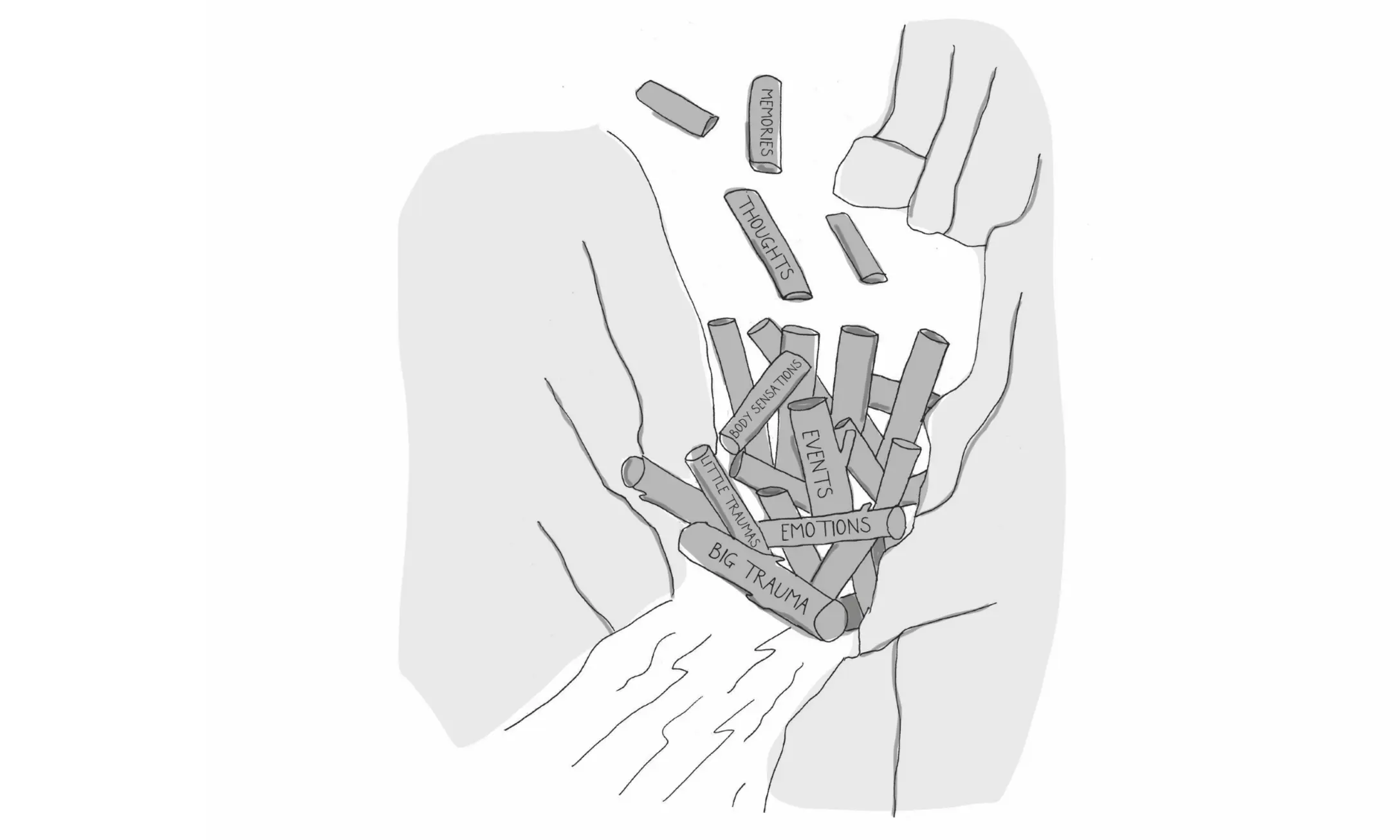
When we are in the Desensitisation Phase (or Phase 4) of the EMDR Standard Protocol, our aim is for the client to process their trauma whilst the therapist sets things up and gets out of the way. Sometimes, however, things get stuck. The processing isn’t flowing as we hoped, and the information isn’t becoming more adaptive. That’s what I’m talking about in this short course. How do you know when processing is blocked, and what can you do about it?
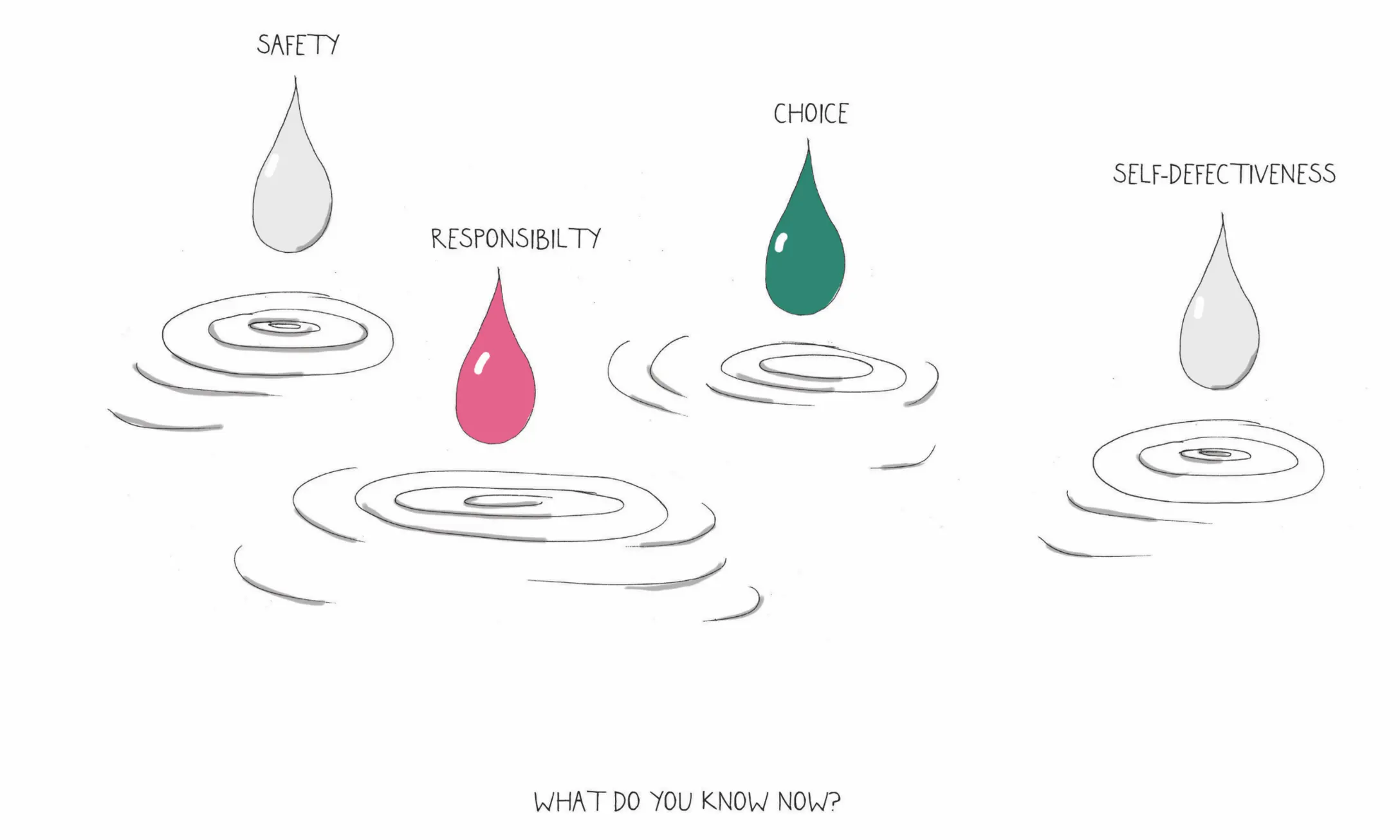
When we are in the Desensitisation Phase (Phase 4) sometimes your client gets stuck and your strategies for unblocking processing just don’t seem to be enough. This is when you need a cognitive interweave. This is something which many newly trained EMDR therapists find extremely challenging. A cognitive interweave is when the therapist introduces new information or asks a question which is designed to help the client access information to facilitating adaptive information processing. This short course will talk you through the process and uses role plays so you can see what it looks like in practice.
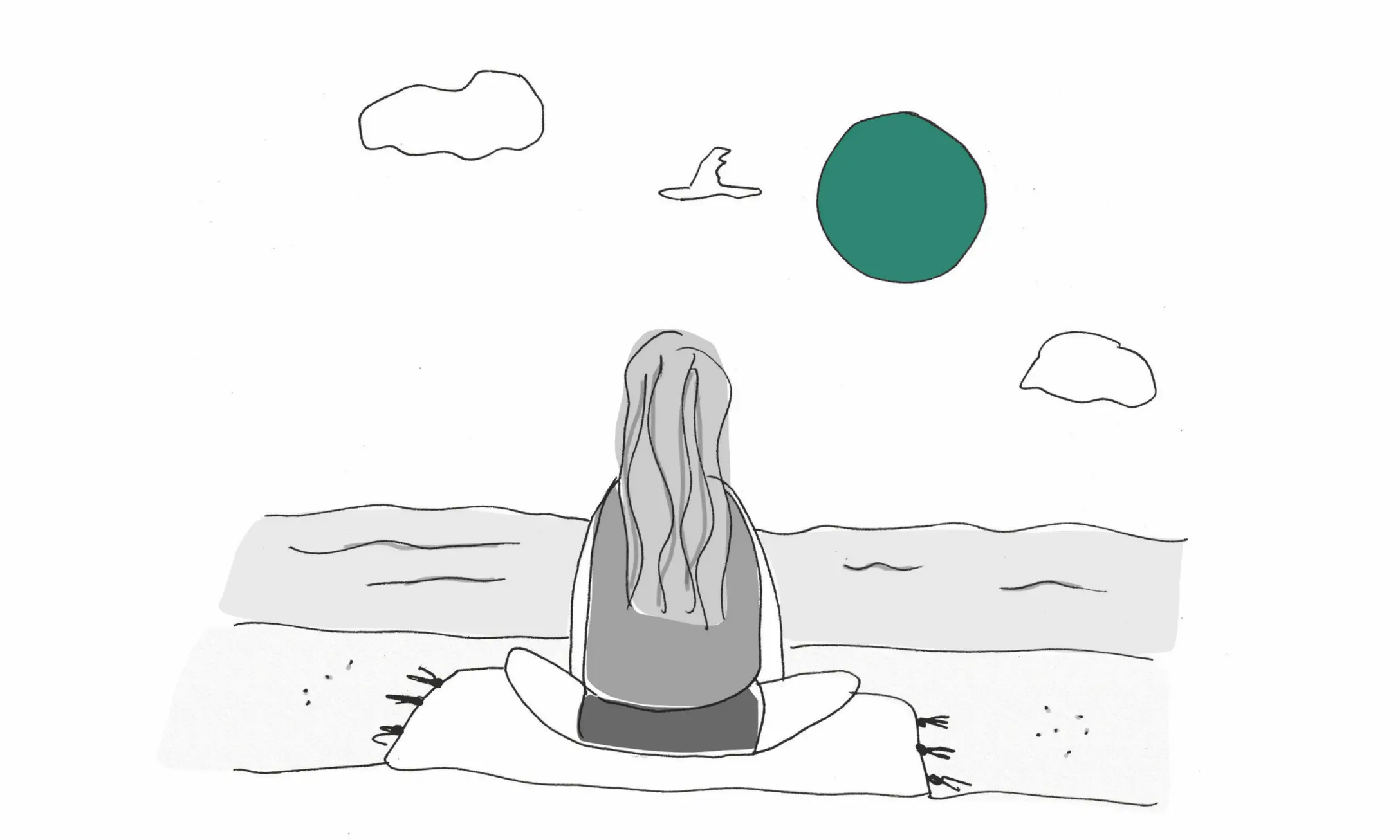
The preparation phase is one that people can sometimes be confused about. There are certain things that we always do in the preparation phase. One is the safe place. And I'll be talking about that. But the preparation phase is a hugely variable phase. It can be just maybe one or two sessions with a straightforward client who has had a single incidence of trauma perhaps, or actually it could be many months or even years if you're working with someone who's very complex. This short course will talk you through the process and uses role plays so you can see what it looks like in practice.
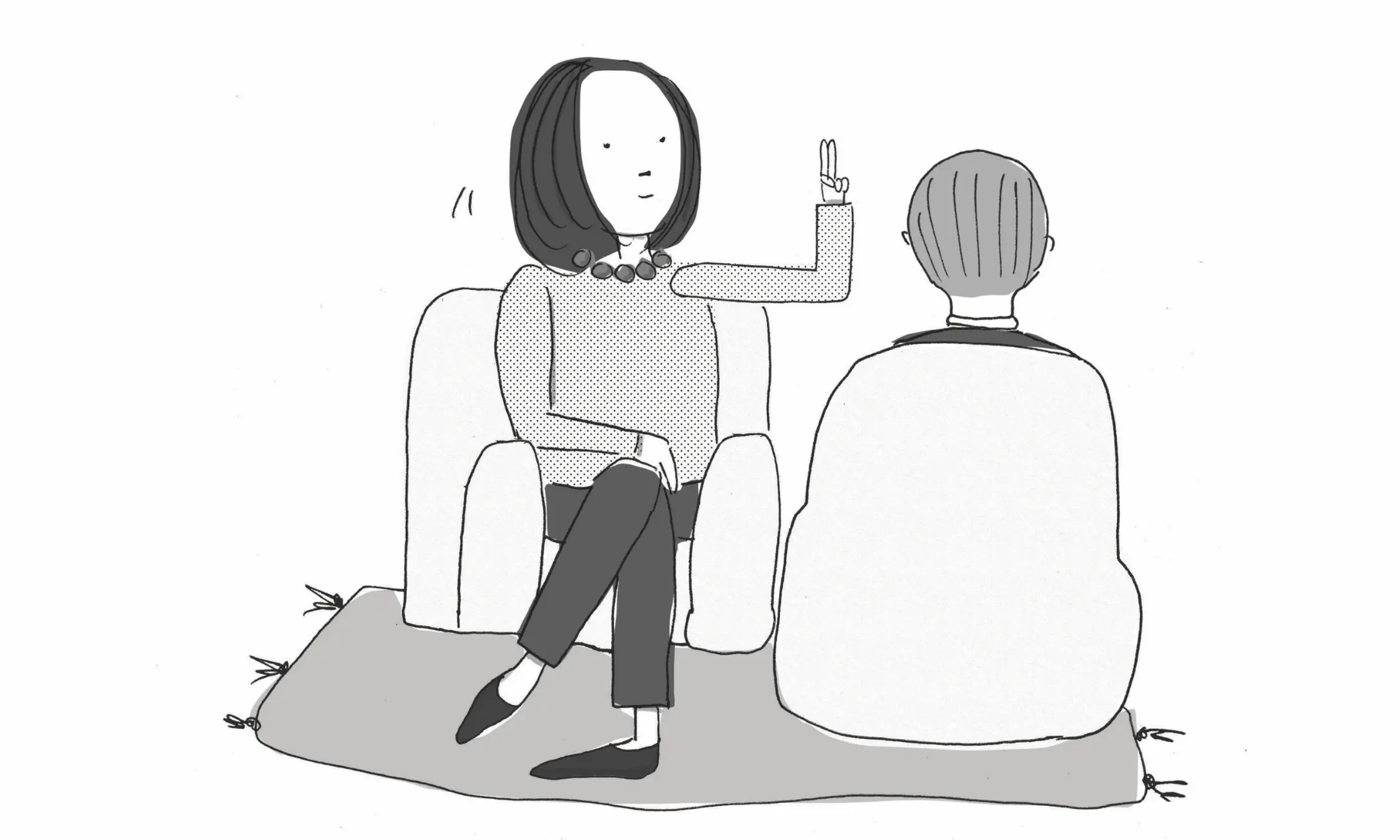
In this mini-course Naomi talks about the desensitisation phase, which is a phase four of the EMDR protocol. Desensitisation is what lots of people think about when they hear the term EMDR. It's the stage where we have bilateral stimulation and where we are getting our clients to think about the distressing thought and to pair that with bilateral stimulation. This course has two role plays.
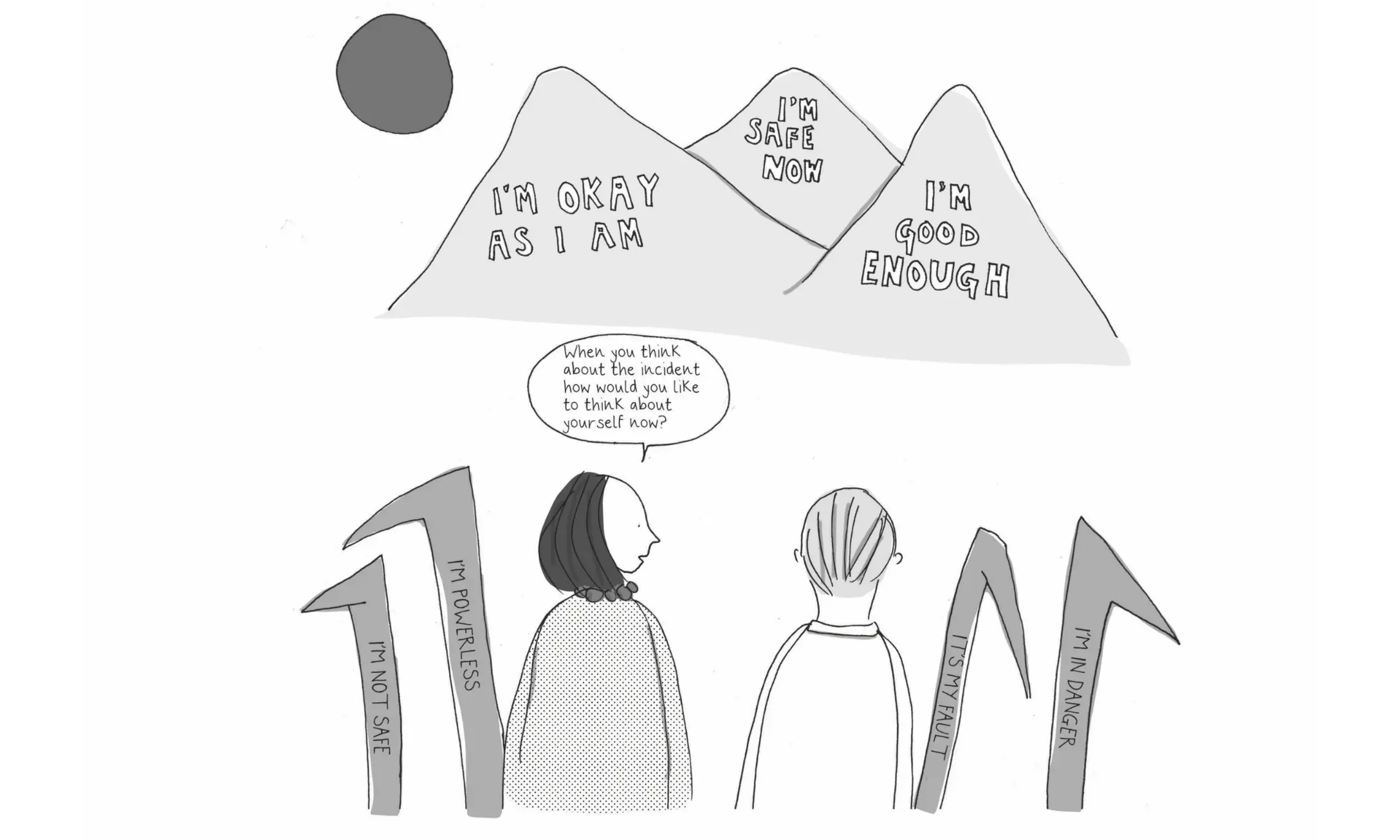
In this mini-course I'm talking about phases five to eight of the standard protocol. So this is installation of the positive cognition, body scan, closure, and the re-evaluation. This mini-course includes a role play covering phases 5-8.
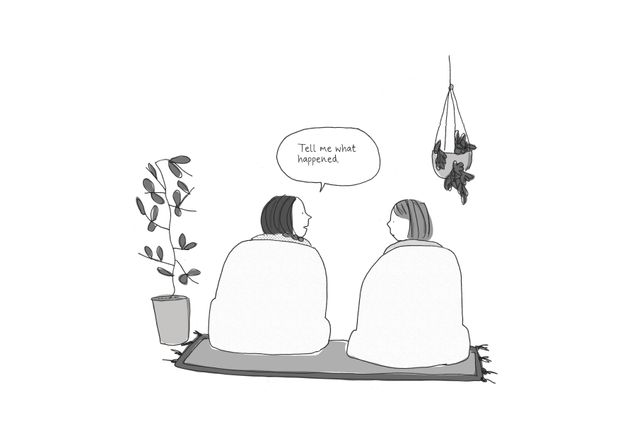
Some of you may not know that I am a EMDR trainer, as well as a clinical psychologist. EMDR is an evidence-based therapy, recommended in the NICE guidelines for PTSD and I’ve been using it since 2005. Most recently I have become an accredited trainer, meaning that I can now train other therapists in EMDR.

I am a clinical psychologist. I am trained in cognitive behaviour therapy (and EMDR, and other therapies). I am not against graded hierarchies as a general rule. In the right circumstances they can work really well and I’ve used them many times.